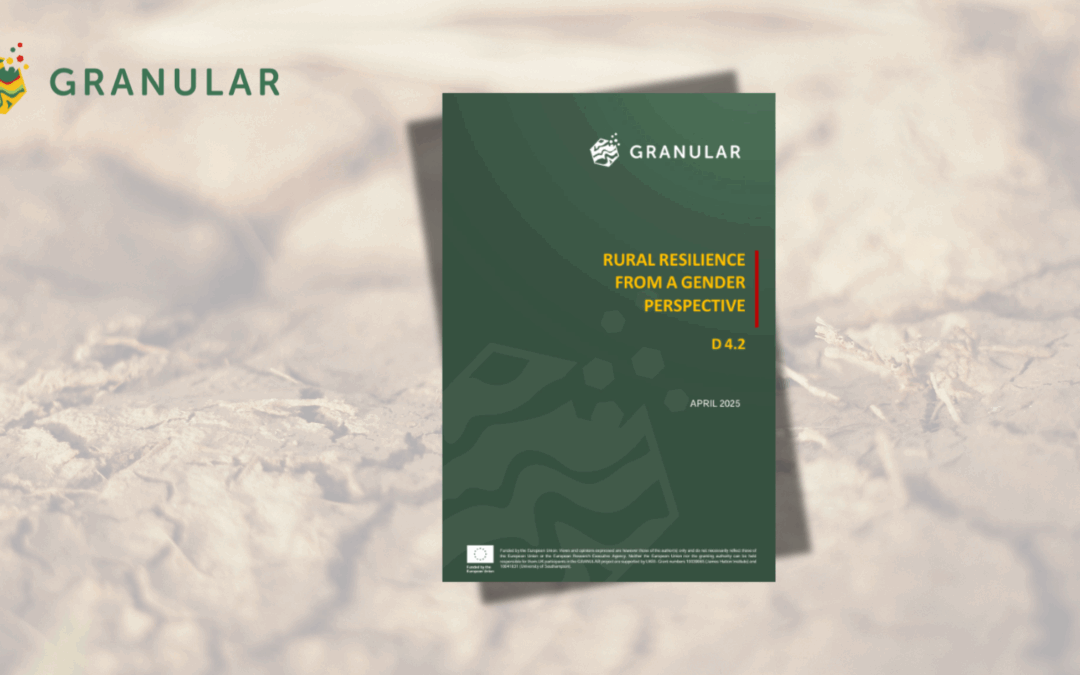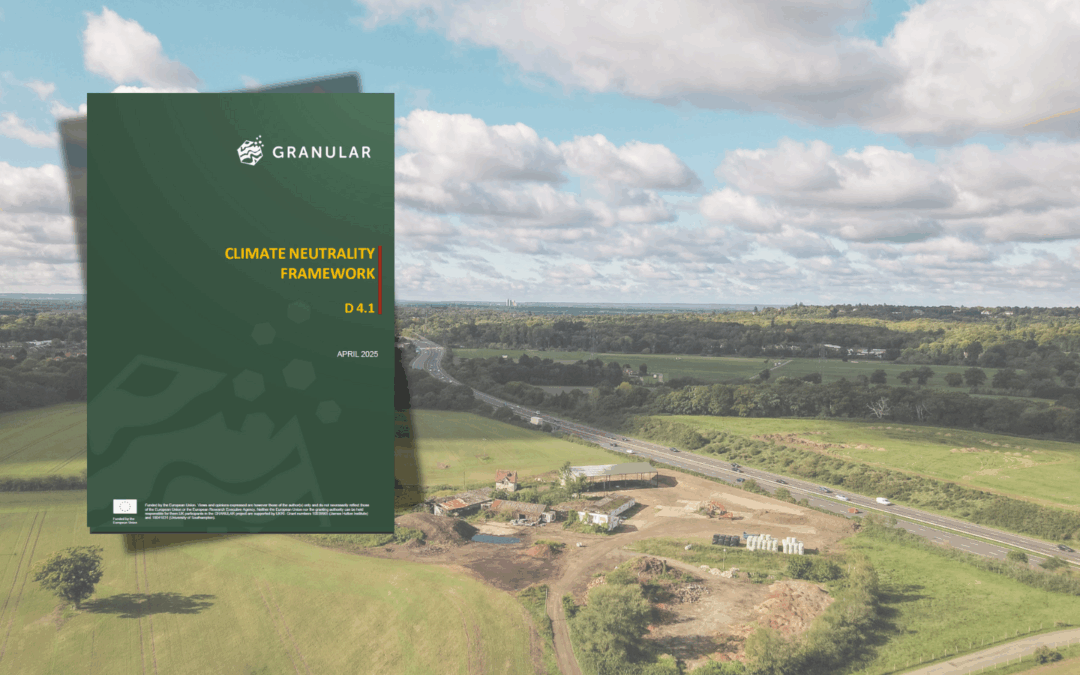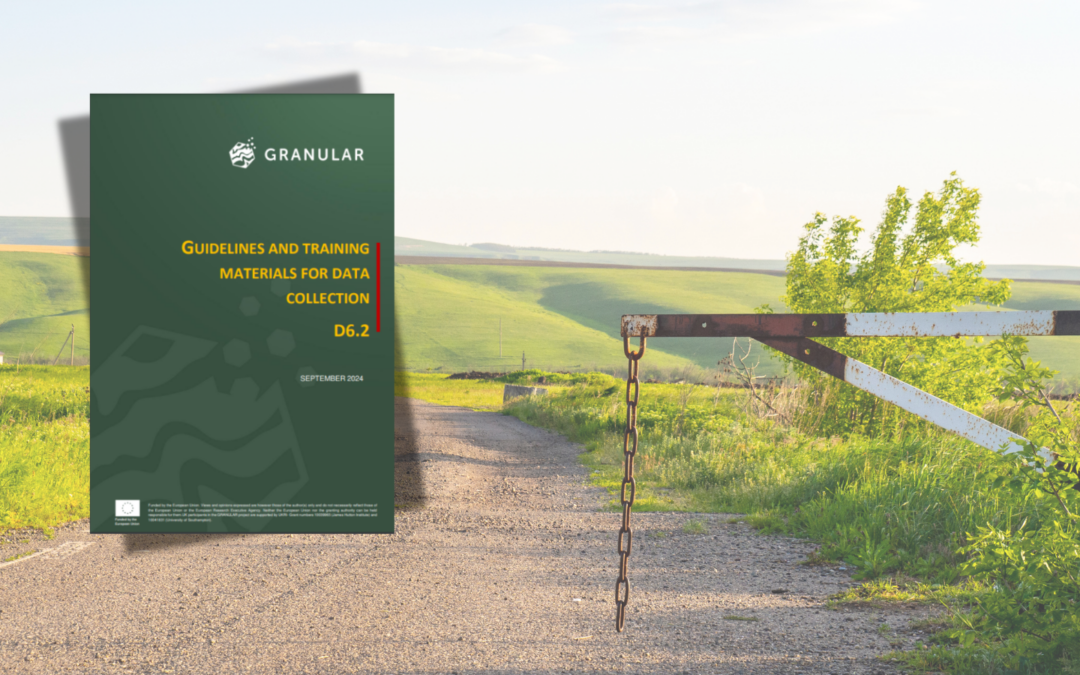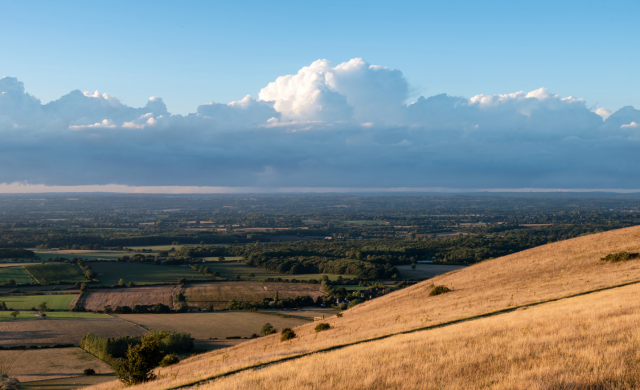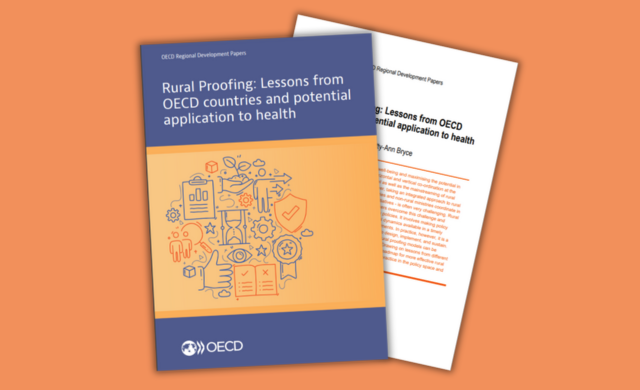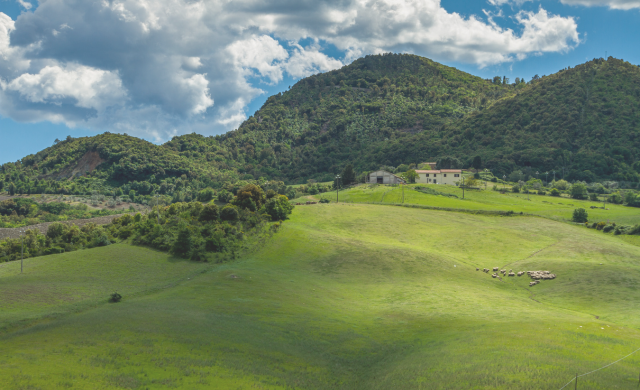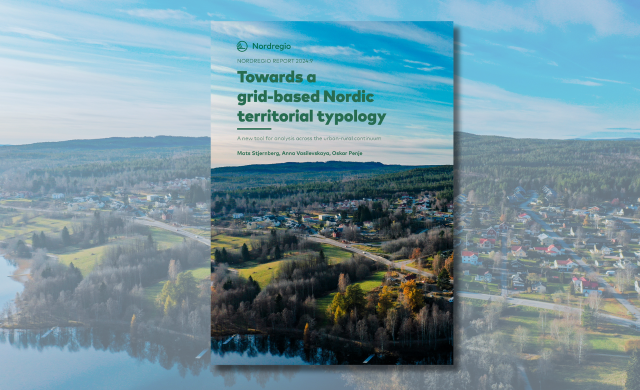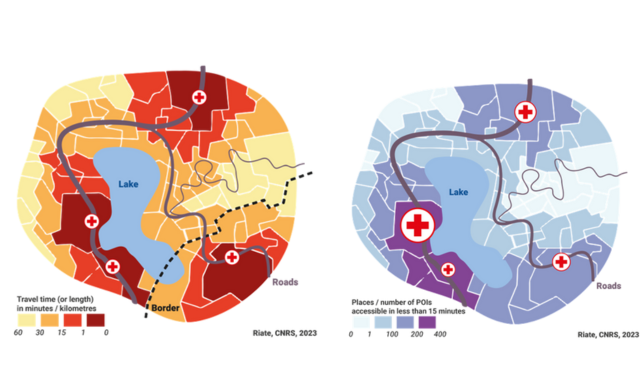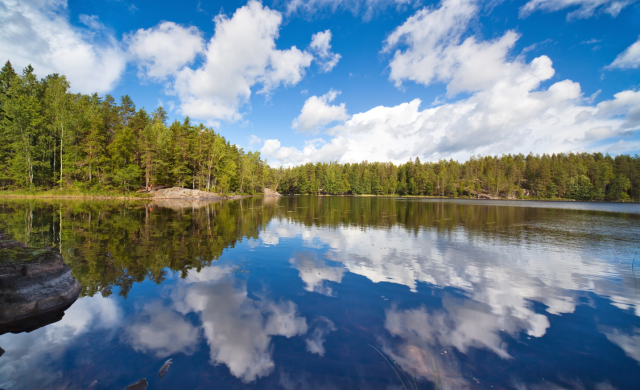Authors: Martin Hofer & Ian McCallum, International Institute for Applied Systems Analysis (IIASA)
Over the past half year, the International Institute for Applied Systems Analysis (IIASA) and other GRANULAR partners have been leading efforts on screening more than 90 potential data and methods to support the sustainable development of rural areas. In this blog post, Martin Hofer and Ian McCallum from IIASA present the work done and their preliminary findings.
Screening available open data for rural areas
Rural areas often lack adequate data at the right level of granularity. This lack of adequate data often underlines the ability of rural decision-makers to take evidence-based decisions and develop policies that are tailored to local needs. GRANULAR aims to address this gap.
GRANULAR’s main objective is to develop new tools and data for sustainable rural development. An initial data screening is, therefore, a crucial step taken to achieve this goal. To this end, one of the first steps we took was conducting an initial data screening to assess the literature and existing data, identify commonalities, and explore potential data gaps.
We consolidated the collective knowledge of the partners on the topic, performing a semi-structured data review of the literature and common EU data repositories. The guiding star to select the topics has been the initial design work of the Rural Compass with its 4 main areas: environmental, residential, productive, and recreational and the data needs and priorities of the seven Living Labs in GRANULAR. Once completed, the GRANULAR Rural Compass will characterize rural diversity based on the novel and existing data to guide actors in the design of tailored rural policies.
More than 90 datasets to characterize rural areas
During this screening process, we documented more than 90 different datasets that are either already used to characterize rural areas or could underpin novel indicators. Some examples are Earth Observation images from various satellites and products derived from them like land use, Open Street Maps, and public health data from institutional providers. We identified the datasets and their sources and provided a suite of associated metadata. These datasets are being captured in the new GRANULAR Digital Platform: an open repository that collects datasets relevant to rural areas.
The results of our efforts demonstrate that most of the datasets identified have regional to global coverage, have Local Administrative Unit to gridded granularity (10m – 10km) and are provided annually. This presents both challenges and opportunities.

Our results reveal challenges and opportunities
Specific regional datasets often contain detailed and valuable information; however, GRANULAR aims to produce data that characterizes the entire European Union and the United Kingdom. As part of the project, we need to determine which data is essential to have at the EU-wide level and explore methods to extend these regional nuggets to the whole study area. Similar decisions need to be made regarding spatial and temporal resolution.
We must strike a balance between granularity, data availability, ease of updating, coverage and many other aspects. To exemplify, we could think of population data on a grid. While exact population counts each month on a 1-by-1-meter grid might be desirable, the actual product might be hard to estimate, costly and/or imprecise for the whole European Union with the data available.
A product 100 by 100 meters updated annually might fit the project better. Importantly, we focused on identifying free and open data sources that can be easily accessed and updated, ensuring transparency and continuity in future models. This is a limitation for dataset selection, many high-quality datasets have to be excluded as they are behind paywalls or are produced via untransparent methods.
By making this high-quality, relevant data available to researchers and policymakers working in rural areas, we hope to improve the understanding of the challenges and opportunities facing these communities. The datasets we identified range from institutional surveys and statistical data to various earth observation datasets, mobility and location data, accessibility-related data, web scraping-derived data, and crowdsourcing-generated data.
In addition to identifying the above-mentioned datasets, we are also focusing on the data needs of the GRANULAR Living Labs. Obtaining the exact geo-spatial locations of the seven Living Labs and initial feedback on their specific needs at the regional level, we have begun to explore potential datasets that could address these needs. Examples of initial efforts include satellite-derived ocean temperature for the Marine Park in the French Living Lab, along with long-term land surface temperature and precipitation trends across all Living Labs.

What is coming next
In summary, our initial data screening has been a crucial first step in generating novel indicators for sustainable rural development. Efforts are continuing with a comprehensive systematic literature review, various thematic exploratory efforts and exploratory research to determine the costs associated with the respective indicators and underlying data. Discover the results of this research in the Screening rural data sources document.

